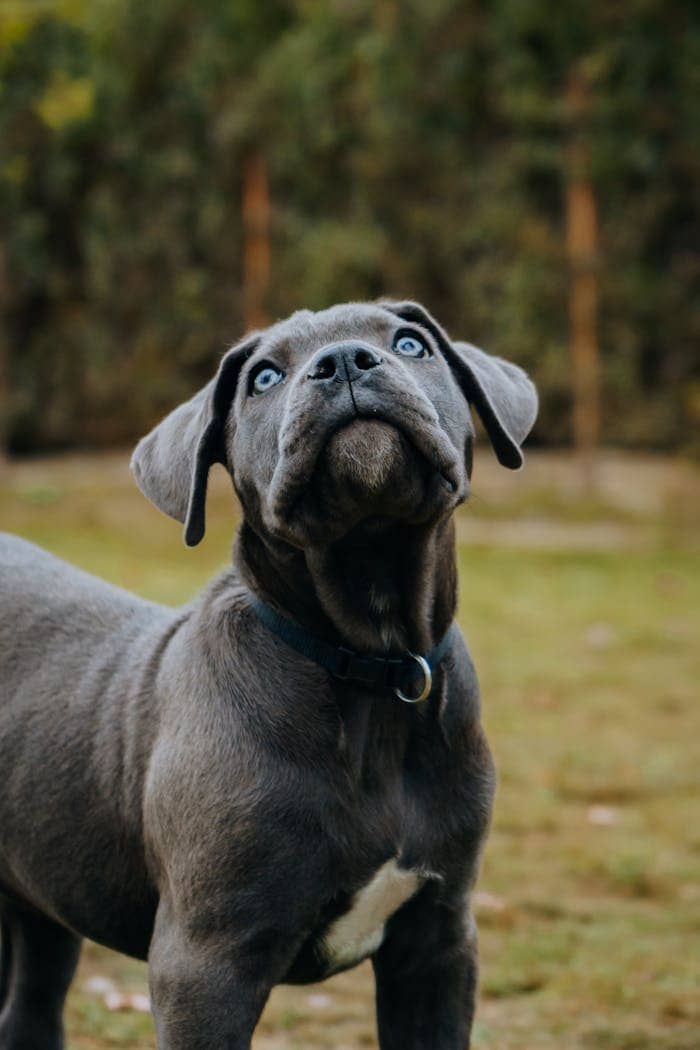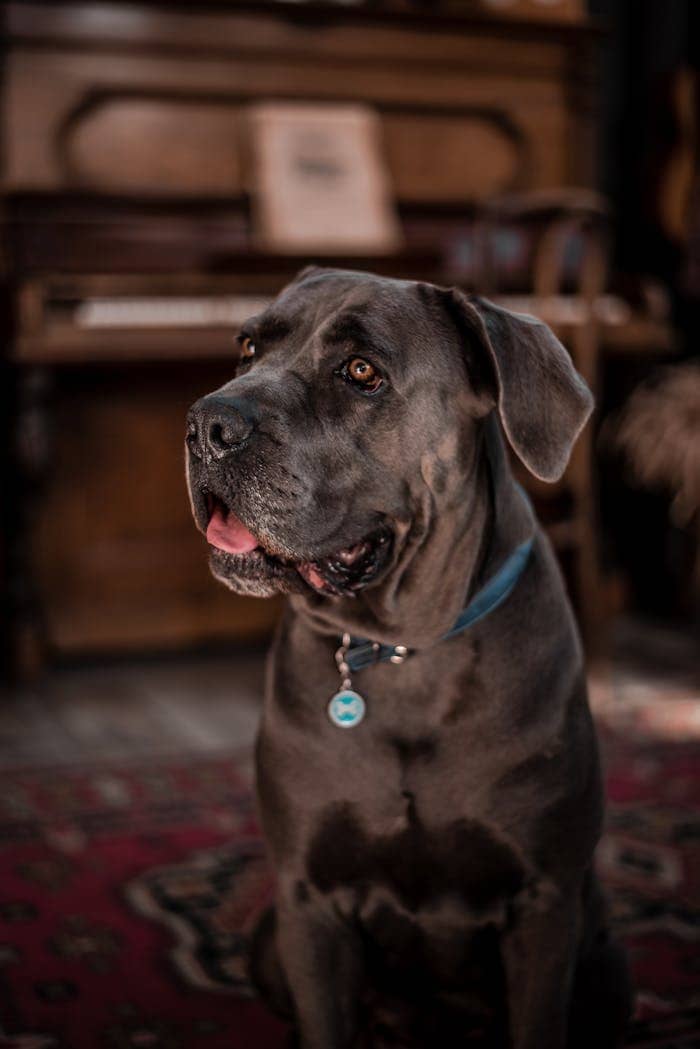A safe and secure yard is a haven for both dogs and their owners. It provides a space for your furry friend to explore, play, and relax while giving you peace of mind knowing they are protected. With various options available, how do you choose the best containment solution for your dog? Let’s explore the range of choices and factors to consider when ensuring your dog’s safety in your yard.
Traditional Fencing
Traditional fencing remains a popular and effective way to contain your dog safely within your yard. Available in materials like wood, vinyl, chain-link, and wrought iron, a well-constructed fence acts as a physical barrier that prevents your dog from wandering. Traditional fences offer visibility and a clear boundary for your dog, providing a sense of security.
Invisible®/Electric Fencing
Invisible® or electric fencing relies on an underground wire and a specialized collar. When your dog approaches the boundary, the collar emits a warning tone or mild electric stimulation. While this option is less visually obtrusive, it requires careful training to ensure your dog understands the boundaries. Some dogs may learn quickly, while others might take extra time and attention to train on the fence.
Wireless Dog Containment Systems
Wireless containment systems use radio signals to create a designated boundary for your dog. Unlike traditional or invisible® fencing, there’s no need to bury wires. However, signal strength can be affected by terrain and obstacles, so careful placement is essential. These systems are especially convenient for renters or those who can’t install permanent structures.
Dog Runs and Kennels
Dog runs and kennels offer a controlled space for your dog to enjoy the outdoors safely. These enclosures come in various sizes and materials, from portable options to more permanent structures. They are particularly useful for those without a full yard or for dogs that require supervised outdoor time.
Garden Barriers and Visual Deterrents
For areas where traditional fencing isn’t feasible, garden barriers like chicken wire or lattice can prevent dogs from accessing certain spaces. Visual deterrents, such as motion-activated sprinklers or decoy predators, can also discourage dogs from approaching boundary areas.
Supervised Tethering
Supervised tethering involves attaching a leash or cable to a fixed point in your yard. While this provides limited freedom, it requires vigilant supervision to prevent tangling or safety hazards. Never leave a dog tethered unsupervised, as it can lead to entanglement or injury.
Choosing the Right Option
Selecting the most suitable containment method depends on your dog’s breed, personality, size, and energy level. Consider local regulations, as some areas have restrictions on fence height or invisible® fencing. Additionally, think about your dog’s temperament and training needs. While some dogs may thrive with invisible® fencing, others might require the visible boundary of traditional fencing.
Training and Safety
Regardless of the chosen method, proper training is crucial. For invisible® or wireless systems, your dog needs to understand the boundaries and consequences of crossing them. Adequate supervision is vital for all containment methods to ensure your dog’s safety and prevent any unexpected incidents.
Conclusion
A well-contained yard provides your dog with the space they need to thrive while offering you peace of mind. Whether you opt for traditional fencing, modern technology, or other creative solutions, the safety and happiness of your furry friend should remain paramount. Consider your dog’s needs, personality, and your local environment when making your choice, and always prioritize their well-being and security. With the right approach, your dog can enjoy a safe and enjoyable outdoor experience within the boundaries of your yard.

